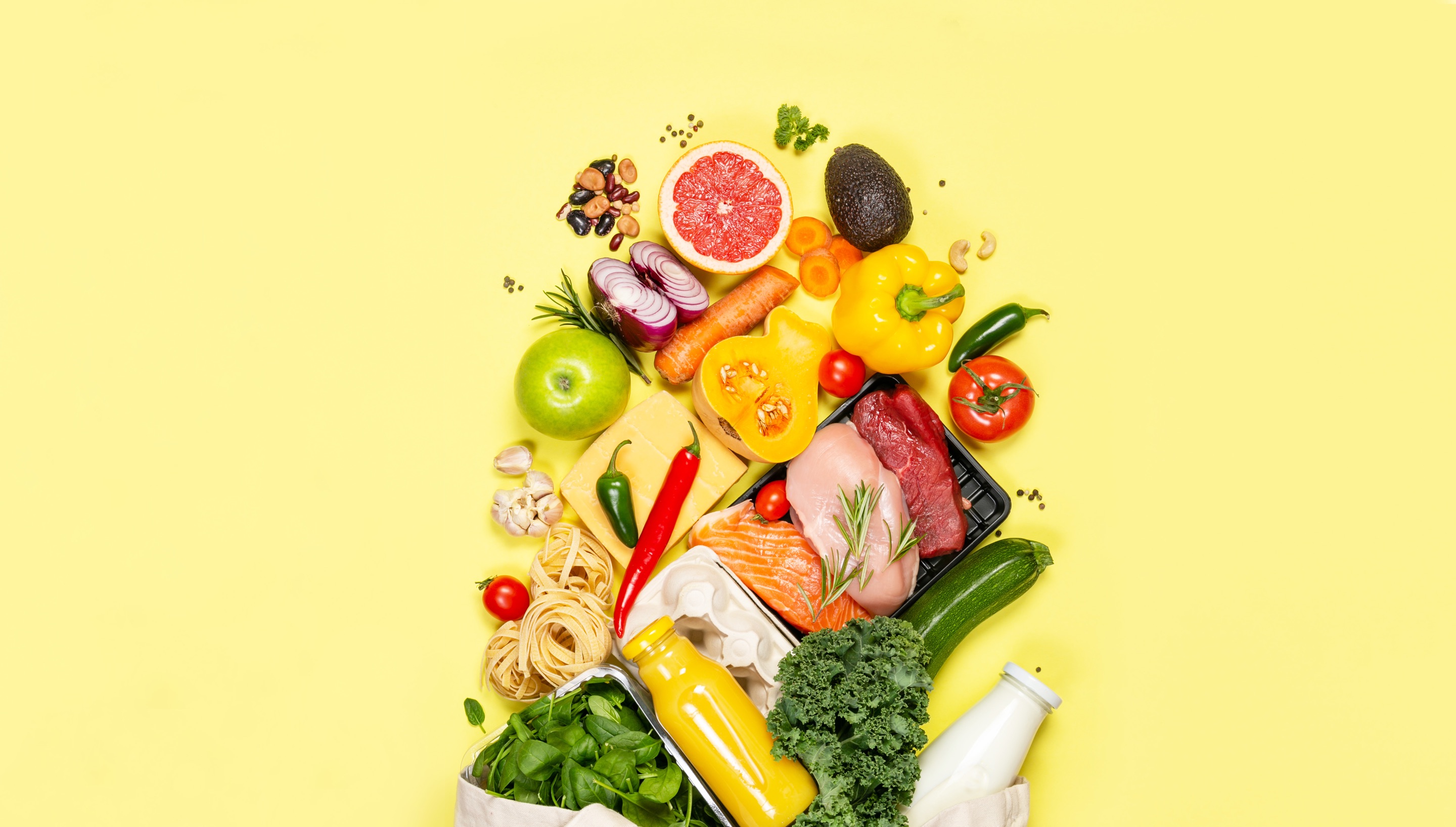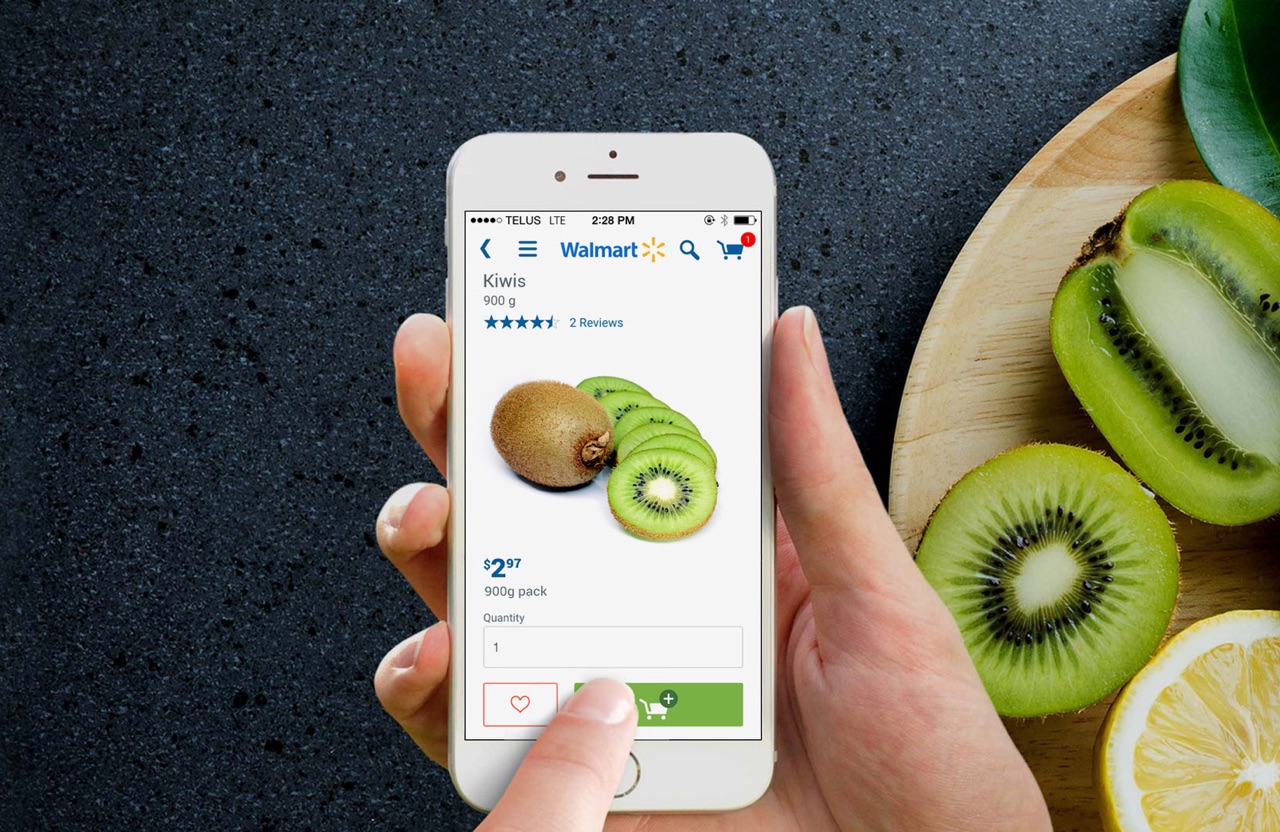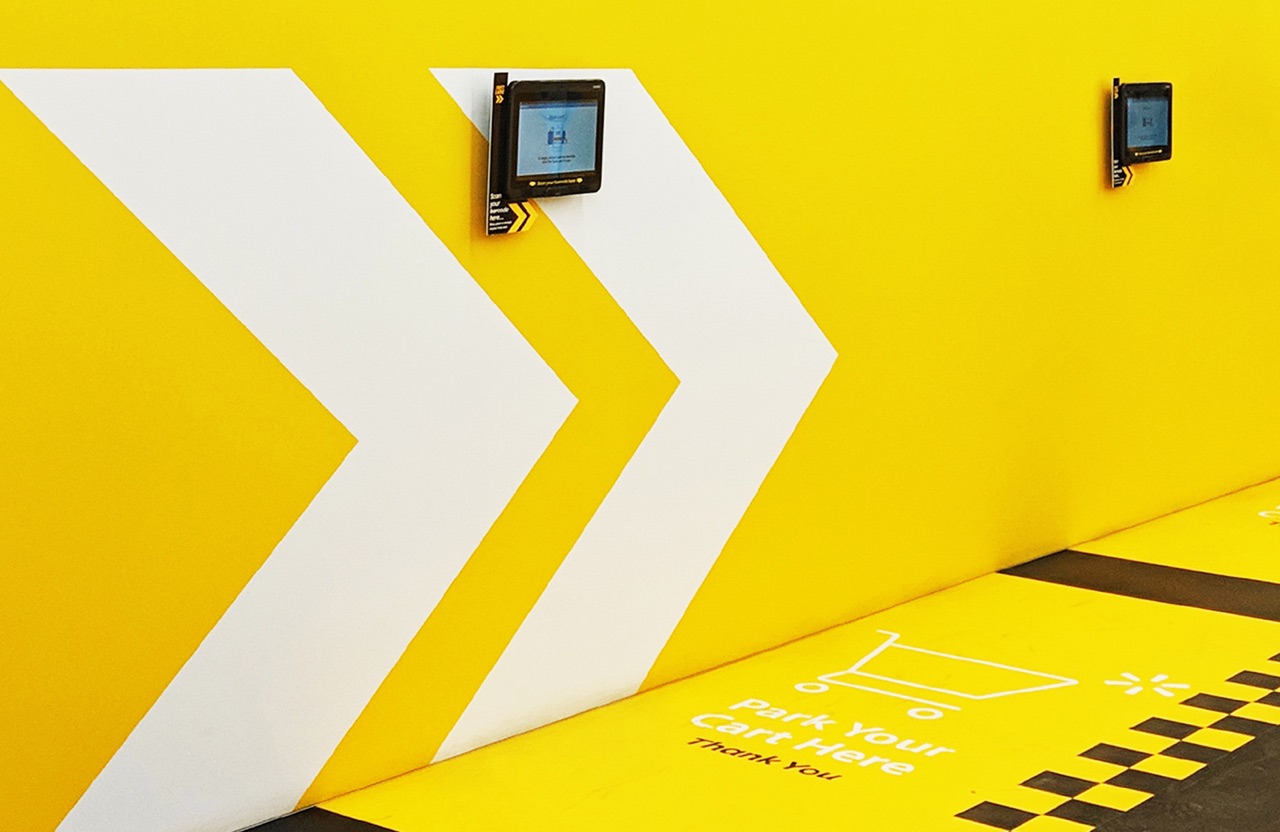Leading in grocery by creating end-to-end experiences
Unlike other retailers, grocers face unique inventory issues, like the freshness and availability of produce online and on store shelves. An increase in in-store pickup or curbside/home delivery poses supply-chain challenges, as well as designing the in-store experience to accommodate more pickers dedicated to these services without overcrowding the physical store experience.
“Grocery is a very low-margin business,” Vivek Puri, group vice president, growth and strategy lead, Publicis Sapient, said. “If you look at the old paradigm and how they reconfigure their supply chain to the digital customer, there are a lot of challenges, which is highly competitive when compared to Amazon.”
According to Halliwell, Amazon’s choice to differentiate its grocery concept from Whole Foods allows it to provide experiences tailored to different customer preferences.
“There's a need for Amazon to differentiate their picking solution and their ability to fulfill orders from the people that still want the in-store experience,” Halliwell said. “The Amazon grocery concept store is a way of separating out the pickers and the delivery operators from individuals who still want a premium grocery experience.”
For modern grocers, emerging supply chain trends play a critical role in shaping the overall customer experience. Grocers should leverage data to weigh the benefits of these shifts in order to determine the best approach.
- More physical and direct-to-consumer delivery options give the customer choice and flexibility. Examples include improved home delivery, curbside pickup, spoke (locker or kiosk) pickup, subscription services, BOPIS processes, click-and-collect and delivery option-based pricing.
- Omnichannel optimization. Insights on shopper preference, inventory, order fill rates, and last-mile fulfillment give an end-to-end view of the customer journey. Grocers can leverage data to create services that meet customer demand, while minimizing cost across the entire distribution chain.
- Improved shipping and logistics. New delivery models means changes and investments in transport, with grocers exploring new ways to optimize delivery routes for speed and efficiency. Examples include working with third-party carriers for last-mile fulfillment, developing or acquiring a delivery partner (i.e. Target’s acquisition of Shipt in 2017), or creating localized pickup centers. In-store, shelf management, processing, and staffing to accommodate increase picking need is a focus when improving efficiencies.
- Better demand forecasting. An increased demand for speed and convenience puts pressure on grocers to develop a more agile approach to demand planning cycles in order to reduce cost and maximize experience. A de-siloed approach that unites analytics and operational data within a singular cloud-based platform reduces friction between planning and execution, allowing for better resource planning, inventory optimization, seasonality, and location-based insights.
Transformation in action: When Loblaw -- a retailer with more than 100 years of legacy brand recognition -- wanted to transform its processes into a leading digital organization, the company took a “continuous improvement” approach, with focus on iterative innovation. Loblaw became one of the first companies to offer grocery delivery and pickup across Canada. Its PC Express Online service allows customers to order online with pickup and delivery options across 700+ store locations and 13 banners. Loblaw also introduced PC Express pickup locations for easy order pickup. With 670 sites, this allows 75 percent of Canadian shoppers to be 10 minutes or less from a pickup location.
The new grocery experience
The global grocery market is projected to reap $1.9 trillion in new sales by 2023, a 28 percent increase since 2018. At the same time, new generations of digitally native shoppers are entering the market – shifting expectations and demand from retailers. While technology and data play a role in driving these innovations, the ability for a retailer to keep the needs of the customer at the core is paramount for success.
“Once grocers begin to really leverage data effectively, they can enable experiences that are truly relevant…that’s going to be a real shift,” Hubbard said.














